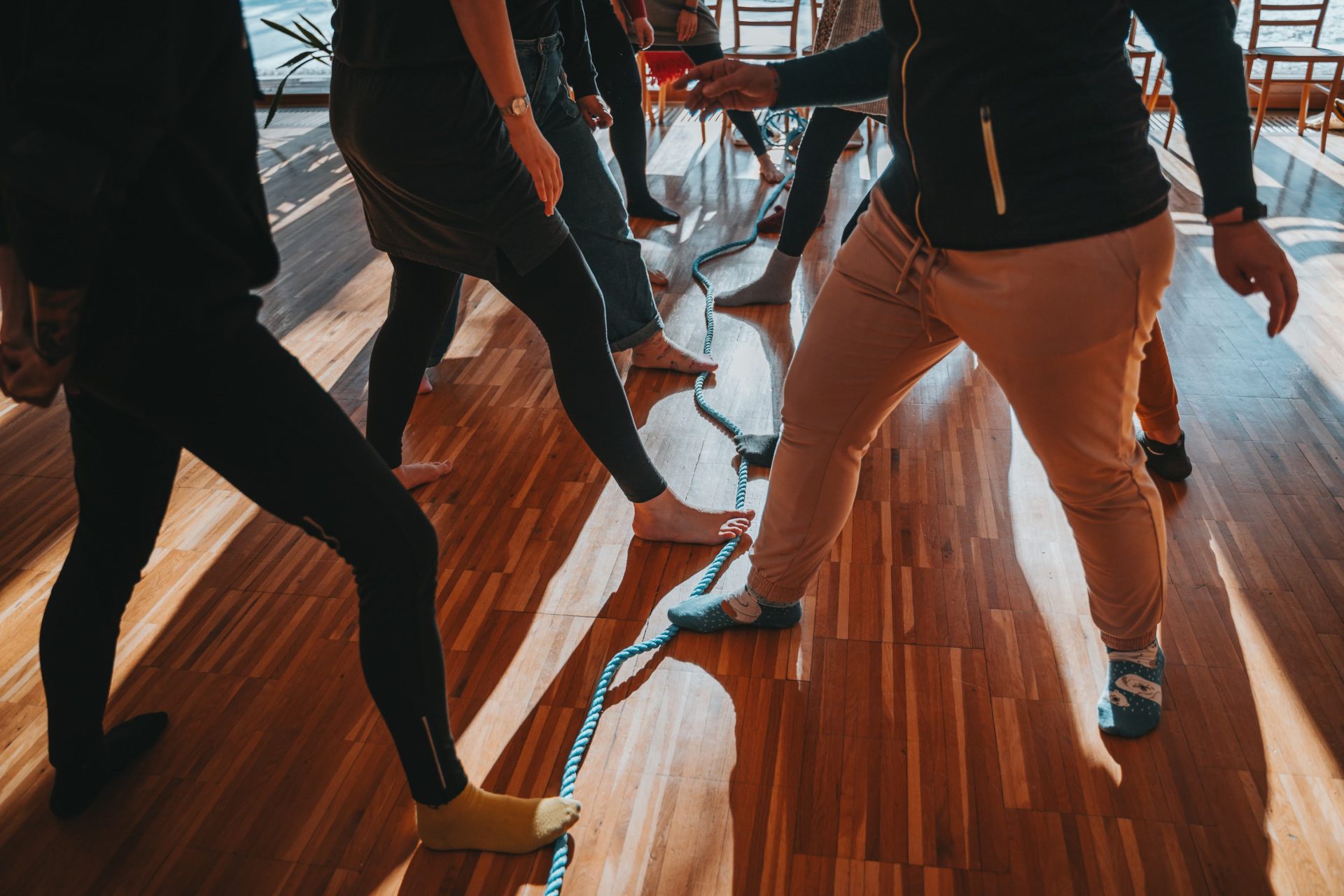There are several ways to incorporate comics drawing and narratives into different types of activities and around different topics. Here you can find an activity used as an introduction and “getting to know each other” exercise, but also get inspiration for deeper learning activities using comics in youth work.
The aim of the methodology is to provide tools for creating stories of transformation which have a positive effect on the audience. The effect can be emotional or it can change the audience’s behavior.
Creating videos with the young people? Let them learn about project management – prepare and realise their video making as a project. In preparation phase, it’s valuable to prepare the script for the video, and screenwriting is a perfect process to do that.
An iconography of the most frequently used visual signs and symbols is created to illustrate typical ideas. The story is created by combining graphical elements and text to convey the fundamental idea of the original story. Prepared to work on your participants’ creativity?
Visualisations also help to get the message across to the target audience. People share visual stories more frequently in a social media than textual stories. It doesn’t matter if one can draw, the trick is to develop their creativity. This technique might also help them develop the young people’s ability to learn, empathy or how to make quick decisions.
Photovoice is a form of documentary photography aimed at those who don’t have much money and feel they have little power or influence in their community. The participants take photographs to highlight their subjective viewpoint. These convey to the audienc the participants’ thoughts, feelings and emotions on a specific social issue.
Illustrating numerical data, statistical reports, annual reports with informatic images. Infographics help to convey a complex message more quickly and in a way that is easier to understand. By creating infographics, young people get creative and have to develop their empathy and communication, they have to make sure other people understand what they meant to say.
The idea behind the ‘One-minute video story’ workshops is to use a simple and well-defined model for a video film as a tool of expression. It does this by utilising the basic elements of media, such as image, movement and sound. Video is a powerful medium of expression and very appealing.
Animation brings stories to life. With animation, you can explain processes, products, services and ideas or create fictive stories. It’s a linear method of storytelling, you have to watch it from the beginning to the end. Creating animations develops young people’s digital competences, but also creativity, communication and many more.
Stop Motion Animation is a method that allows the participants to work in teams using digital technologies, developing their creativity. They will be able to tell short stories when practicing competences such as teamwork and communication.
Open Badges and micro credentials can be used to validate any experience. They are digital and free for anyone to issue and earn. They fill a gap in non-formal and informal education, providing recognition of learning.
Gamification is using game elements in non-game contexts. Nowadays, it helps to increase participation and engagement of learners. Besides game elements, gamification could also mean the use of game design or/and mechanics. Basically, using anything from games in different contexts to help us transform a ‘boring experience’ into one that is more immersive and fun!






